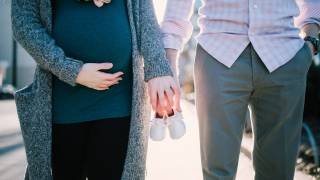Why Wear A Face Mask At Home?

As the COVID-19 disease pandemic continues throughout the world, people were initially asked, and are now required, to wear face masks to curtail spreading the new coronavirus.
The SARS-CoV-2 virus can be spread by people who do not have symptoms and do not know that they are infected.
An example of these new policies is in Washington, DC, where visitors can now be fined $1,000 for not wearing a face mask when in public.
Masks are a simple barrier to help prevent respiratory droplets from traveling into the air and onto other people when coughing, sneezing, or when raising their voice, said the US Centers for Disease Control and Prevention (CDC), on August 7, 2020.
This recommendation is based on what we know about the role respiratory droplets play in the spread of the virus that causes COVID-19, paired with emerging evidence from clinical and laboratory studies that shows masks reduce the spray of droplets when worn over the nose and mouth.
This new requirement is called source control.
However, masks with 1-way valves or vents, allow air to be exhaled through a hole in the material, which can result in expelled respiratory droplets that can reach others. This type of mask does not prevent the person wearing the mask from transmitting COVID-19 to others.
Therefore, the CDC does not recommend using masks for source control if they have an exhalation valve or vent.
COVID-19 spreads mainly among people who are in close contact with one another, within about 6 feet, so the use of masks is particularly important in settings where people are close to each other or where social distancing is difficult to maintain.
The CDC recommends all people 2 years of age and older wear a mask in public settings and when around people who don’t live in your household, especially when other social distancing measures are difficult to maintain.
While masks are strongly encouraged to reduce the spread of COVID-19, the CDC recognizes there are specific instances when wearing a mask may not be feasible. In these instances, adaptations and alternatives should be considered whenever possible.
If you are sick with COVID-19 or think you might have COVID-19, do not visit public areas. Stay home except to get medical care. As much as possible stay in a specific room and away from other people and pets in your home. If you need to be around other people or animals, wear a mask, including when in your home.
A CDC video syndicated on July 2, 2020, helps clarify when to wear face masks when visiting friends and family with a higher risk for severe illness.
Additionally, wearing a face shield is primarily used for eye protection for the person wearing it.
At this time, it is not known what level of protection a face shield provides to people nearby from the spray of respiratory droplets from the wearer. There is currently not enough evidence to support the effectiveness of face shields for source control.
Therefore, the CDC does not currently recommend the use of face shields as a substitute for masks.
“We are not defenseless against COVID-19,” commented CDC Director Dr. Robert R. Redfield, on July 14, 2020. “Cloth face coverings are one of the most powerful weapons we have to slow and stop the spread of the virus – particularly when used universally within a community setting. All Americans have a responsibility to protect themselves, their families, and their communities.”
The CDC stated its recommendations for masks wearing will be updated as new scientific evidence becomes available.
CoronavirusToday publishes COVID-19 pandemic news.

.jpg)
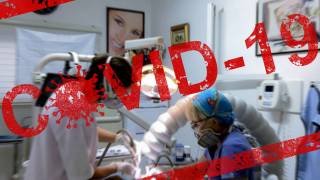
.jpg)
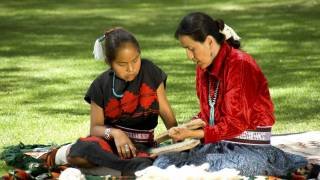
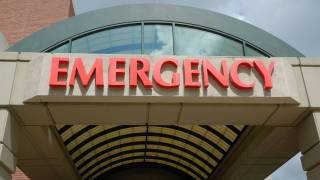

.jpg)
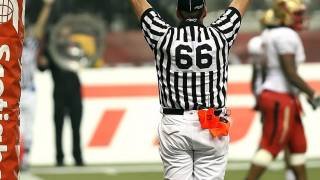
.jpg)
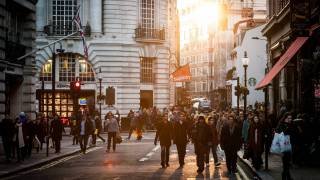



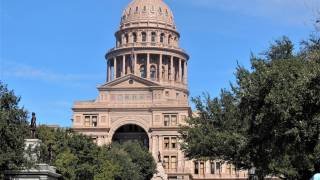



.jpg)


.jpg)
